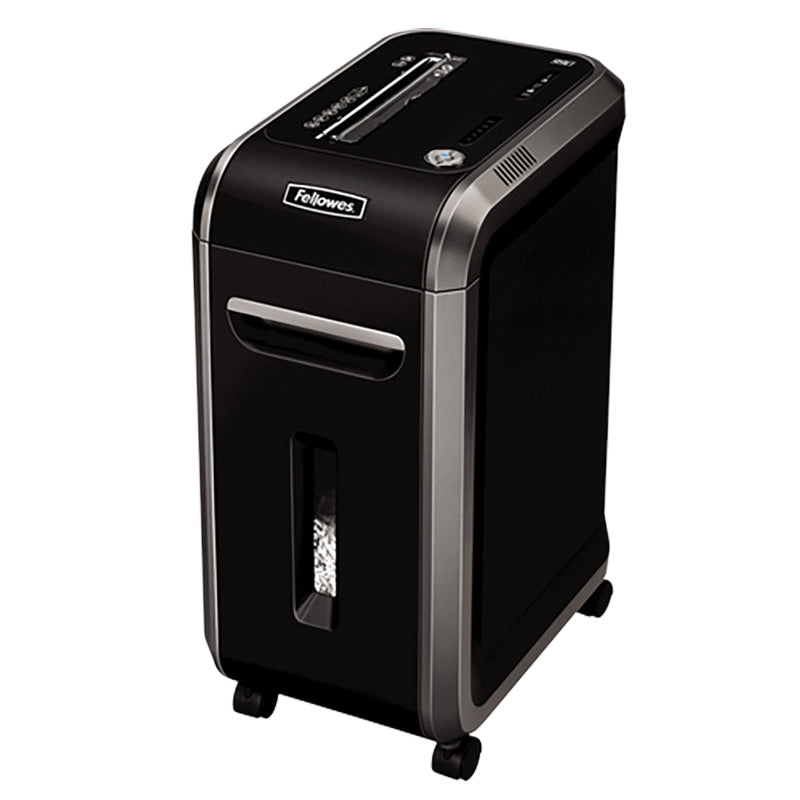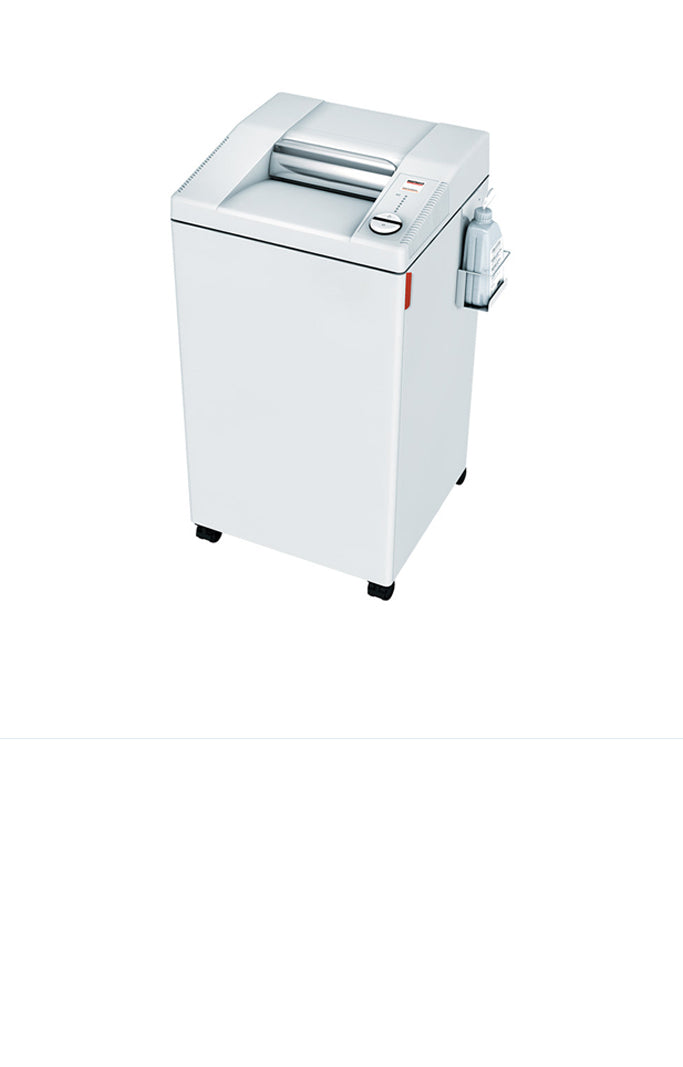Degaussing and shredding are two commonly used methods for data destruction.
Habitually destroying internal and external data - that is financial or otherwise - is an important part of running an organization.
Effectively destroying confidential documents helps to prevent the risk of fraud, identity fraud, data breaches, and copyright infringement.
While deguassing and shredding are effective at destroying data, they each have their own set of pros and cons, which need to be weighed by business owners and decision makers when deciding on which method of data destruction is best for their organization needs.
Degaussing: The Pros and Cons

Degaussing is a process that involves demagnetizing an object or device, typically a magnetic storage medium such as a hard disk drive, floppy disk, or cassette tape. The term "degaussing" comes from the word "gauss," which is a unit of measurement for magnetic fields.
When a magnetic storage medium saves data, the magnetic field on the surface of the medium is used to represent digital information. Over time, the magnetic field can become disordered, leading to data corruption or loss. Degaussing erases the magnetic field on the medium so that it can be reused or discarded.
The degaussing process involves exposing the magnetic storage medium to a strong magnetic field that is rapidly fluctuating. This rapidly changing magnetic field disrupts and demagnetizes the existing magnetic field on the medium, effectively erasing the data stored on it. Degaussing can be done using specialized equipment, or through a degaussing wand, which is a handheld device that generates a strong magnetic field.
The Benefits of Degaussing for Data Destruction
Quick and efficient: Degaussing is a quick and efficient way to destroy data. It involves exposing magnetic media such as hard drives and tapes to a powerful magnetic field that erases all data on devices. This process is relatively easy since you can destroy large amounts of digital data quickly.
Environmentally friendly: Degaussing does not produce any physical waste, making it an environmentally friendly method of data destruction.
Can be used on damaged media: Degaussing can be used on damaged media that may not be suitable for shredding.
Ideal for electronic data: Degaussing for data destruction is ideal for organizations that store all or most of their data electronically on hard drives.
Browse our range of degausser machines, or contact one of our experts for product advice.
What are the Limitations of Degaussing?
Limited application: Degaussing only works on magnetic media, such as hard drives and tapes. It is not effective for destroying data on other types of media, such as CDs or USB drives.
Not physical destruction: Degaussing does not physically destroy the media, so it may be possible to recover data using specialized equipment if the device is not properly disposed of.
May not meet regulatory requirements: Some regulations and standards require data to be physically destroyed, and degaussing may not meet these requirements.
Shredding: The Pros and Cons

Shredding works by physically destroying data like paper, cardboard, plastic, or metal so that it is unreadable. Shredders use cutting mechanisms to destroy data, cutting it into smaller pieces. The size of the pieces depend on the security level of the shredder. For instance, while strip-cut shredders cut paper into thin strips, high-security shredders can turn paper, CDs, and hard drives into dust-like particles.
The Benefits of Using Shredders
Physically destroys the media: Shredding physically destroys the media, making it impossible to recover any data.
Can be used with a variety of media: Shredding can be used with a variety of media, including paper, cardboard, CDs, DVDs, and USB drives.
Meets regulatory requirements: Shredding meets the regulatory requirements for physical destruction of data.
Browse our best-selling NSA approved shredders here.
What are the Limitations of Using Shredders to Destroy Data?
Can be time-consuming: Shredding can be time-consuming, especially when there are large amounts of data, or large pieces of media such as hard drives.
May produce waste: Shredding produces physical waste, which may need to be disposed of properly.
May not be environmentally friendly: Shredding may not be environmentally friendly if the shredded media is not properly disposed of.
Ultimately, degaussing and shredding are both effective methods for data destruction, but they each have their own set of pros and cons. Degaussing is quick and environmentally friendly, but it does not physically destroy the media, and may not meet regulatory requirements. It is also limited in the kind of data it can destroy, excluding paper, CDs, and DVDs. Shredding physically destroys the media and meets regulatory requirements, but it can be time-consuming, and may produce waste. The choice between degaussing and shredding depends on the type of media, and the specific requirements for data destruction.
We recommend these degaussers:
- Datastroyer 105 Hard Drive Drawer Degausser
- Datastroyer 105 Hard Drive Degausser
- Datastroyer 106 Hard Drive Degausser
- Proton 1100 Degaussing Wand
We recommend these shredders:
- Datastroyer DCS 36/6 High Security Combo Paper & CD Shredder
- Datastroyer 1628 MS High Security Shredder
- Datastroyer 502 Cross Cut Shredder
- MBM Destroyit 4002 Cross Cut Paper Shredder with Auto Oiler
Need some advice? Complete our contact form for product advice or a free quote.









